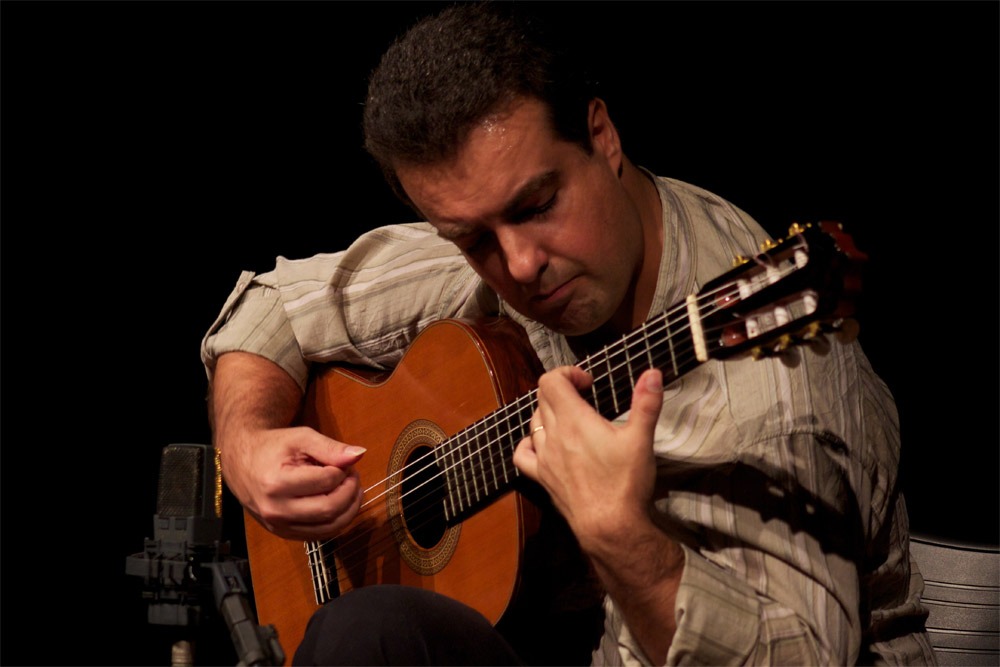The classical guitar style is essentially where it all began when it comes to a modern six-string. You may be a metal fan that looks at rock as the early beginning of guitar music, or a rock fan who sees the blues in a same way, but the truth is, all of the styles we have just mentioned belong to the music of the 20th century. It was over four hundred years ago when the guitar initially emerged in Spain. The popular axe made a long way to become what it is today, so let’s focus on the history of classical and fingerstyle guitar.
The Early Years of Classical Guitar
To get to the very beginnings of what is today known as a modern six string guitar, we would need to revisit the 16th century Europe and the Renaissance cultural period. The very first notations of musical instruments similar to guitars in terms of form, shape, sound and even name are dating all the way back to the 13th century; however, it was in the Renaissance when the guitar ultimately emerged to the musical scene of the world.
The first notable official publication dedicated to the guitar is titled “Declaracion de Instrumentos Musicales” and was released back in 1555 by a Spanish Friar Minor named Juan Bermudo, a prominent music theorist, composer and a mathematician. Initially, the classical guitar was molded to a great extent after an instrument called vihuela, a similar stringed instrument immensely popular in Spain at the given time.
The first classical guitar models contained five strings and it was at that time when the guitar was set up with what would become known as the modern standard string tuning – A, D, G, B, E. You might notice that the mere addition of the low E string at the beginning forms the basic standard tuning you might be using on your guitar at the moment. But let’s not get too much ahead in time and stick to the early ages of the classical guitar. So initially, the guitar had only eight frets – the number was increased to ten early on, still in the 16th century, and then additionally upgraded to 12, forming a full octave reach within each of the individual strings.
The evolution of the classical guitar continued well throughout the centuries to come, with the final addition of the sixth string, the low E added on the top of the five stringed tuning, occurring in Italy later on in the 18th century. The very first switch from five strings to six is attributed to Joakim Thielke who adjusted the guitar bridge and the headstock to properly fit the low E string.
Fingerstyle Guitar
The important guitar playing technique called fingerstyle played the major role in the history and development of the classical guitar. Unlike the modern pick playing style, it involves the player plucking the strings using his fingers, whether it is through fingernails, fingertips or specially designed picks attached to his fingers.
When it comes down specifically to classical guitar, the fingerstyle is applied in order to reach the same effect, or the same level of harmony and polyphony rendition as the piano. Additionally, the style gives the player greater control over the dynamics and volume, allowing the more genuine expression and more detailed focus on the musical textures.
Classical Guitar in the 18th and 19th Century
Although Italy remained to represent the very centre of the classical guitar throughout the 18th century, the influences from other parts of Europe also began to emerge, most notably from Germany, as well as the Netherland and Belgium. With the culmination of the baroque music and style occurring in Germany through the work of such classical greats as Johann Sebastian Bach and Johann Pachelbel, the nation started showing great interest in lute and other string instruments once again with even Bach himself composing numerous lute pieces.
Prominent classical guitar composers of the 18th century include Antoine Marcel Lemoine and Trille Labarre, as well as Santiago de Murcia from Spain, who became the first guitarist in history to employ the use of tablatures. As previously mentioned, the 18th century also marked the introduction of a six-string and in a way kicked off a new, modern era for both the instrument and the musical style itself.
During the 19th century, the classical guitar started to spread globally. Various technological and transportation developments allowed it to reach other parts of the world, most notably the United States. The instrument once again became popular in Vienna, while Russia made a significant attribution in the classical guitar domain with the invention of the seven-string guitar. Invented by Andreas O Sichra, the new instrument included the addition of the high C string added below the high E string.
Classical Guitar in the 20th Century and Onward
In terms of music, the 20th century was an era of the guitar. So it’s no wonder that the popularity of classical guitar was also significantly elevated. Technological advancements once again played an important role in the entire process, but there was also another prominent figure that took the genre to an entire new level.
Born in 1893, Andres Segovia (1893 – 1987) remains the epitome of the ultimate guitar pioneer in every possible sense of the word. Not only did he essentially invent the modern guitar and brought the long overdue credibility and affirmation to the guitar world, but he has also earned himself one of the top spots among the classical guitar greats. There is an interesting expression saying that all of today’s modern guitarists are either students of Andres Segovia, or the students of his students.
Concerning the classical guitar in the modern times, the genre is alive and well to this very day. It is well recognized, taught and studied throughout the world and most importantly, practiced globally. You can hear the sounds of the classical guitar in every corner of the world, as the young axeman are still emerging, keeping the genre fresh and relevant.











Add comment